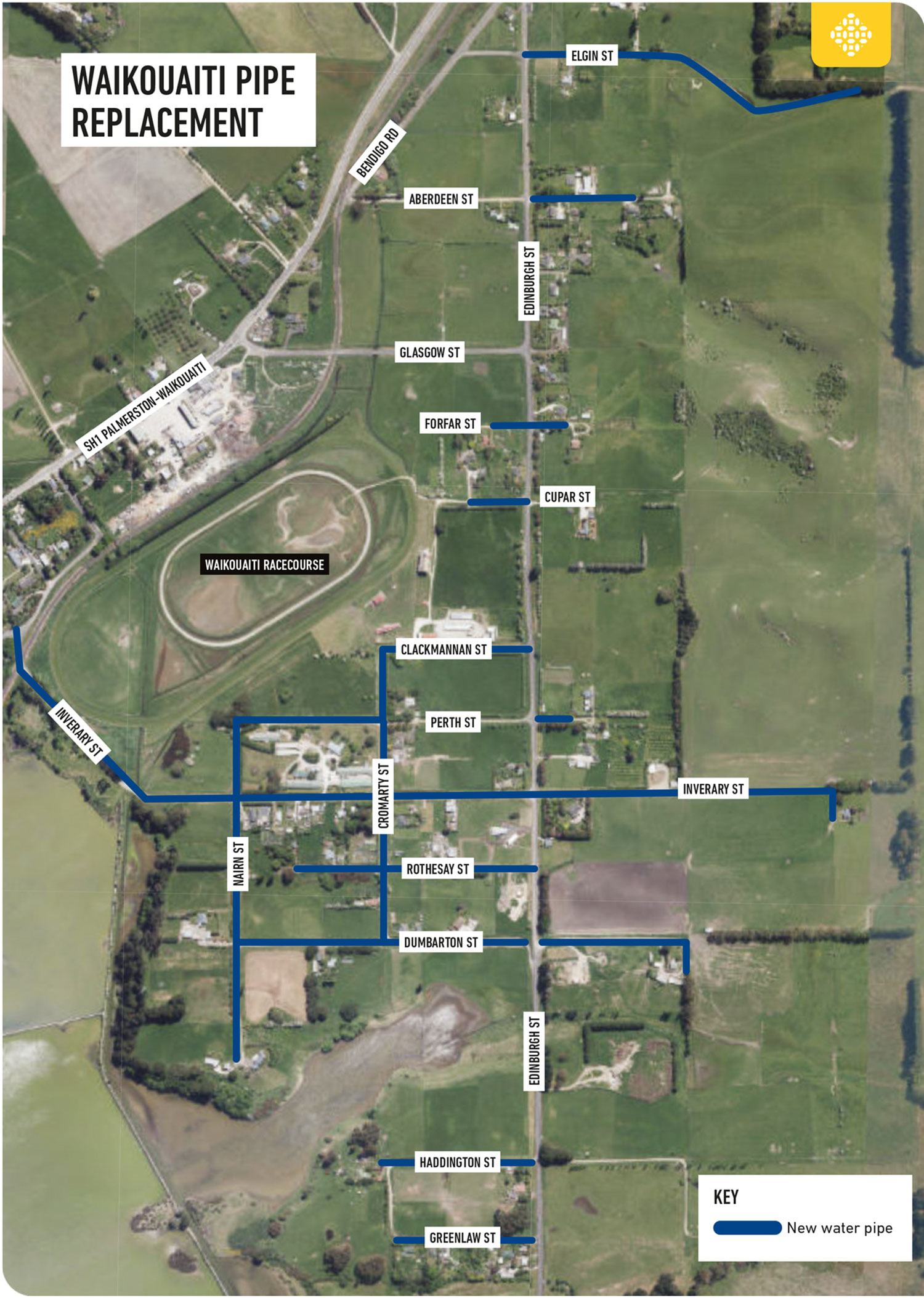The Dunedin City Council and Public Health South advise residents in Waikouaiti, Karitane and Hawksbury Village that the water is now safe to drink and use in food preparation and cooking, as long as people follow advice about flushing their taps.
This follows an extensive investigation that shows there is no widespread lead in the drinking water network. We have not found a definitive cause of the elevated lead levels, but based on all the work carried out, the likely cause is lead getting into the water from pipes and fittings in private properties, not from the Waikouaiti River or from the DCC network. You can view a full copy of the investigation report here. (PDF, 5.2MB | Opens in new window)
We’re also confident there is no E. coli in the water. Following testing and investigation, the most likely cause of the unusual recent E. coli reading was contamination of the water sample.
On Tuesday, 2 February 2021, we issued a ‘do not drink’ notice (DNDN) for Waikouaiti, Karitane and Hawksbury Village after intermittent elevated lead levels were detected during water sampling.
The notice was issued following advice received from Public Health South. It meant residents were not to use tap water for drinking, cooking or preparing food until further notice.
Since our increased testing began on 4 February, we have conducted more than 2000 tests and none has shown elevated lead readings in the wider water distribution network. There were some elevated lead levels on the customer side in pre-flush samples that were likely due to water sitting for some time in pipes and fittings that may leach lead.
The raw water result on 20 January 2021 was most likely caused by tiny grains of solid lead particles in sediment stirred up in the river. These particles of lead are removed by the water treatment process.
As part of our work to eliminate DCC pipework as a possible cause, we brought forward the replacement of water pipes in Edinburgh Street, Waikouaiti.
To help speed this up in response to the lead issues, the water mains along each of the side streets were temporarily laid above ground. This work was finished in June 2021.
The second stage of this work, to bury these pipes and ensure all connections are in place began early in 2022.
The DNDN was lifted on Wednesday, 28 July 2021. The last public water tank in the affected communities was taken out of service at the end of August 2021.

